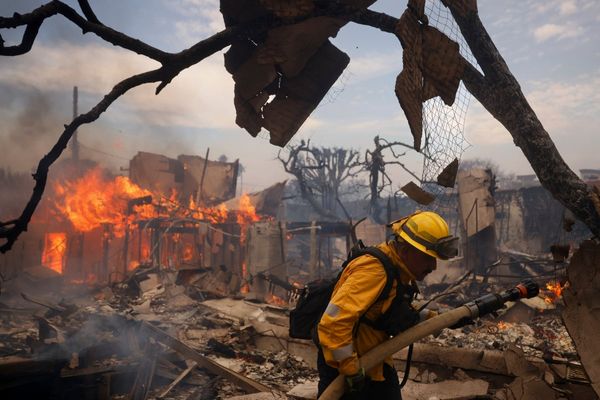Muslims around the world are preparing for a second Eid celebration in the final month of the lunar calendar — and it will be bigger and more significant than the first.
Eid al-Adha — known as the Feast of Sacrifice — follows on from Eid al-Fitr, known as the Feast of Breaking the fast, which took place earlier in April at the end of Ramadan, the Muslim month of fasting.
While they are slightly different, the essence of any Eid celebration remains the same: worship, sacrifice, and gatherings.
When is Eid al-Adha?
In Australia, the four-day celebration begins on the evening of Friday, July 8, and ends on the evening on Tuesday, July 12.
Eid al-Adha falls on a different date every year and differs between countries or locations because the Islamic lunar calendar is based on moon sightings.
A new month starts when a new moon is sighted, and a new day starts when the sun sets.
So, for those who are going with the local sighting of the moon, the celebration can be declared a day later.
The dates for Eid are pushed backwards each year as the Islamic calendar is about 10-12 days shorter than the widely used Gregorian calendar.
Eid al-Adha also sits in the holiest month of the year and for some, marks the end of Hajj — an annual pilgrimage to Mecca in Saudi Arabia.
Why is it known as the Feast of Sacrifice?
Muslims believe that God told Ibrahim — known as Abraham in Christian and Jewish scriptures — to sacrifice his son as a test of his faith.
God didn't force Ibrahim to go through with the sacrifice but it is this devotion to God that is commemorated during Eid al-Adha.
How do Muslims celebrate Eid?
Muslims rise early on the first day of the celebration for communal prayers, at mosques or community centres, which begin just after sunrise.
This is the first-time Eid al-Adha gatherings are allowed again without restrictions since the start of the COVID-19 pandemic.
Australian National Imams Council member Imam Ibrahim Dadoun explained: "Eid prayers are always performed in congregation — it's the way that the Prophet (peace be upon him) taught us how to perform [them]."
Livestock such as sheep, goats and cows are traditionally slaughtered after Eid prayers. The meat is then divided and shared equally among family, friends and the less fortunate.
The sacrificial act and the sharing of the meat form a tradition known as "Qurbani" or "Udhiya".
However, this practice looks different in Australia. Due to strict regulations, Qurbani must be carried out in a slaughterhouse and only one of a few organisations offers this service.
"For most people, they send the Qurbani to be performed overseas … and this could be in different countries, such as Africa, Lebanon or Palestine," Imam Dadoun said.
Money is typically paid to humanitarian organisations to conduct the Qurbani and to distribute the meat in countries or communities where meat is considered a luxury.
Muslims also don their best clothes and open their homes to visits from friends and relatives.
Gatherings aside, Imam Dadoun said, the blessed day was also a time for Muslims to practice gratitude and share abundance.
"Show your family and your friends the significance of this day by getting together, thank Allah [God] for giving us the opportunity to worship him and for giving us the identity of being a Muslim," Imam Dadoun told his community. "I encourage everyone to be kind and share a meal with someone they don't know."
Several South-East Asian countries such as Singapore and Brunei — and many Middle Eastern countries such as Egypt and Saudi Arabia — also declare public holidays during the season, giving more opportunities for gatherings.
How to wish someone happy Eid al-Adha?
There are more than 800,000 Muslims in Australia and the celebration of Eid al-Adha is observed far and wide, so it's nice to acknowledge the season even if you're not celebrating it.
"Eid Mubarak" which translates to "Blessed Eid" is a common greeting for the season.
Festive messages lined with well-wishes of prosperity, spirituality and joy are also welcomed.







